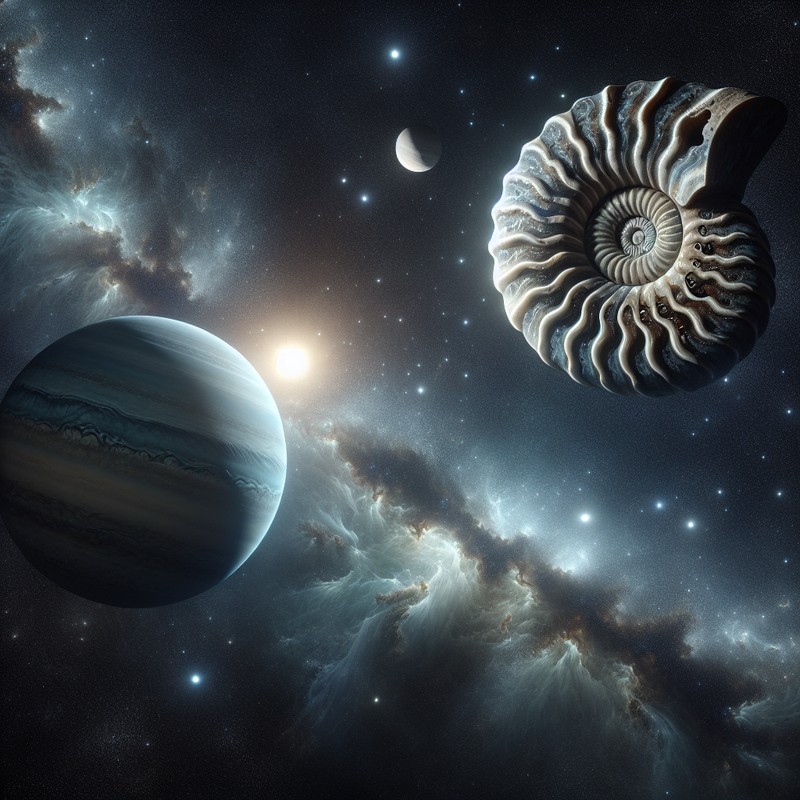Astronomers operating the Subaru Telescope located in Hawaii have detected a celestial object within our solar system that raises questions about the speculated existence of a ninth planet, often mentioned as ‘Planet Nine.’
The newly identified object, which has been given the designation 2023 KQ14 and affectionately termed “Ammonite”, emerges as the fourth recognized sednoid – that is, bodies that possess highly elongated orbits stretching beyond the realm of Neptune.
Jamie Carter, a notable contributor, elaborated on the significance of the discovery of Ammonite in an article for Forbes. The revelation could potentially reshape prevailing theories about our solar system’s architecture.
Delving into the Orbit of 2023 KQ14
The orbit patterns of sednoids, similar to those of the dwarf planet Sedna, carry them to astonishing distances from the sun. They can find themselves ranging from several tens to hundreds of times the average Earth-sun separation, known as an astronomical unit (AU). Ammonite is set to oscillate between a distance of 66 AU and 252 AU away from the sun.
What captures the attention is Ammonite’s peculiar orbital trajectory when set against that of other sednoids. This distinction led Dr. Yukun Huang from the National Astronomical Observatory of Japan to remark that such deviation diminishes “the likelihood of the Planet Nine hypothesis.” The variation exhibited by Ammonite fails to fit the pattern of clustering seen with other trans-Neptunian objects, the phenomenon that originally birthed the idea of Planet Nine.
The prospect of a ninth planet has recently stirred considerable interest within the astronomy field, with its existence pegged at a 40% likelihood based on a collaborative effort by Rice University and the Planetary Science Institute. Meanwhile, researchers in Taiwan have identified potential traces of this mysterious planet in archival imagery.
In Pursuit of Distant Solar Members
The unveiling of Ammonite is the outcome of the FOSSIL project (Formation of the Outer Solar System: An Icy Legacy), which also inspired the object’s moniker, linking it to ancient shelled marine creatures known as cephalopods. This object initially came into view in observations made in March, May, and August of 2023 and received subsequent confirmation in July of the following year by the Canada-France-Hawaii Telescope. The pathway of Ammonite was accurately charted thanks to historical images spanning back 19 years.
The academic community is now engrossed in discussions about how Ammonite’s presence could affect the theory involving Planet Nine. If this elusive planet does exist, its orbital path might be set even farther from the sun than once supposed.
With the discovery of Ammonite, it’s evident that the solar system is a continually shifting and developing entity, as is our comprehension of it. Such findings provoke excitement and anticipation for what lies ahead in the ongoing journey of astronomical exploration and discovery.
















